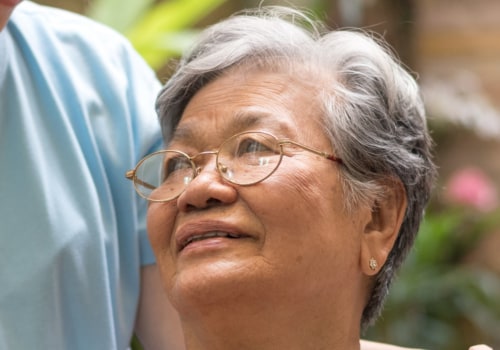Basic Components of Quality End-of-Life Care Frequent Assessment of Patient Physical, Emotional, Social, and Spiritual Well-Being. After a quick review (see Sims and Fassbender, this issue), we synthesized the findings of five studies that examined the key elements, whether perceived or proven, of effective palliative care at home, relevant to the Canadian health context. These studies include a systematic review, an in-depth qualitative study of palliative care programs, qualitative and quantitative perspectives of potential patients and caregivers, and qualitative perspectives of palliative care providers. An iterative and cumulative qualitative approach was used to rigorously consider the results of each study and identify the themes common to each one, 30,31 Analysts (H, S.
The authors participated in four of the five reviewed studies and have a thorough understanding of these data. The summary notes were compared and contrasted throughout the discussion to derive a set of agreed common elements, represented in all studies. The findings of the original studies and the elements synthesized were examined and discussed at an international symposium of palliative care researchers, providers and patient advocates to ensure truthfulness. 32 In this study, in-person interviews were conducted with 107 administrative and frontline staff involved in palliative care at home in Ontario.
38 These participants included nurses, physicians, personal support workers, spiritual and grief counselors, and administrators from both rural and urban. Respondents were asked: What is the most important thing for end-of-life care? Interviewers followed up with probing or clarifying questions to gain deeper meaning and explore respondents' past experiences. The responses were analyzed using a qualitative phenomenological approach to derive issues that represent the essence of end-of-life care from the perspective of providers. The analysis resulted in 40 unique themes, which were grouped into 9 concepts formulated.
Most respondents mentioned several topics, and many (21%) explicitly stated that care should incorporate a multifactorial approach that focuses attention exclusively on a single need, i.e. pain management, is not enough to drive quality. This requires attention to the creation and support of interprofessional teams (including nurses, social workers, pharmacists, psycho-spiritual counselors, grief workers, etc.) to comprehensively address the social, mental, physical and spiritual dimensions of death. Having an interprofessional team can help customize care plans and address diverse patient needs.
This holistic approach to care will make patients feel more at peace, resolve their personal issues, improve quality of life and ultimately alleviate all forms of suffering. For information about hospice programs, talk with doctors, nurses, social workers, or counselors, or contact your local or state office for aging. Consider asking your friends or neighbors for advice. The National Hospice and Palliative Care Organization also offers an online provider directory.
Addressing suffering involves dealing with problems beyond symptoms. Palliative care uses a team approach to support patients and their caregivers. This includes addressing practical needs and providing grief counseling. Offers a support system to help patients live as actively as possible until death.
Once the criteria for a terminal diagnosis are established and the patient and family consent to hospice care, a certification from two physicians must be signed certifying the terminal illness and the suitability of hospice. Hospice does not need to be a place, but a service that offers support, resources and assistance to terminally ill patients and their families. If the primary care physician decides not to follow the patient in the hospice, the hospice medical director acts as the patient's primary care physician. Many misconceptions about hospice care still exist in the minds of the public and health professionals.
Because hospice care is patient-centered as a whole, the recommendations and feedback of each member of the IDT team contribute significantly to the overall care plan. Hospice can play a key role in managing the physical symptoms of a disease (palliative care) and in supporting patients and their families emotionally and spiritually. If you don't receive hospice care in a dedicated facility, hospice staff will make regular visits to your home or other environment. In addition to these building blocks, essentially all hospices benefit from the involvement of other support staff who make irreplaceable contributions to patient care and are vital to the survival of hospice organizations.
The Medicare hospice benefit is part of Medicare, which would cover hospice care once a Medicare beneficiary enrolls in a. Less commonly, some hospices may use the expertise of acupuncturists, music therapists, massage therapists, psychologists, or art therapists if these services are believed to improve patient symptoms or overall quality of life. However, hospice care is also available in hospitals, nursing homes, assisted living centers, and dedicated hospice centers. Ancillary services, such as nutritionists, therapists, and home health aides, provide valuable services for hospice patients.
With regard to medicines, hospice usually provides medicines that help control and control the symptoms of the underlying condition. Hospice also allows a patient to be cared for in a facility for a period of time, not because the patient needs it, but because the family caregiver needs a break. Hospice care focuses on quality of life when cure is no longer possible or the burdens of treatment outweigh the benefits. For patients living in assisted living facilities or nursing homes, collaborative hospice services are coordinated with the center's own staff.
. .












